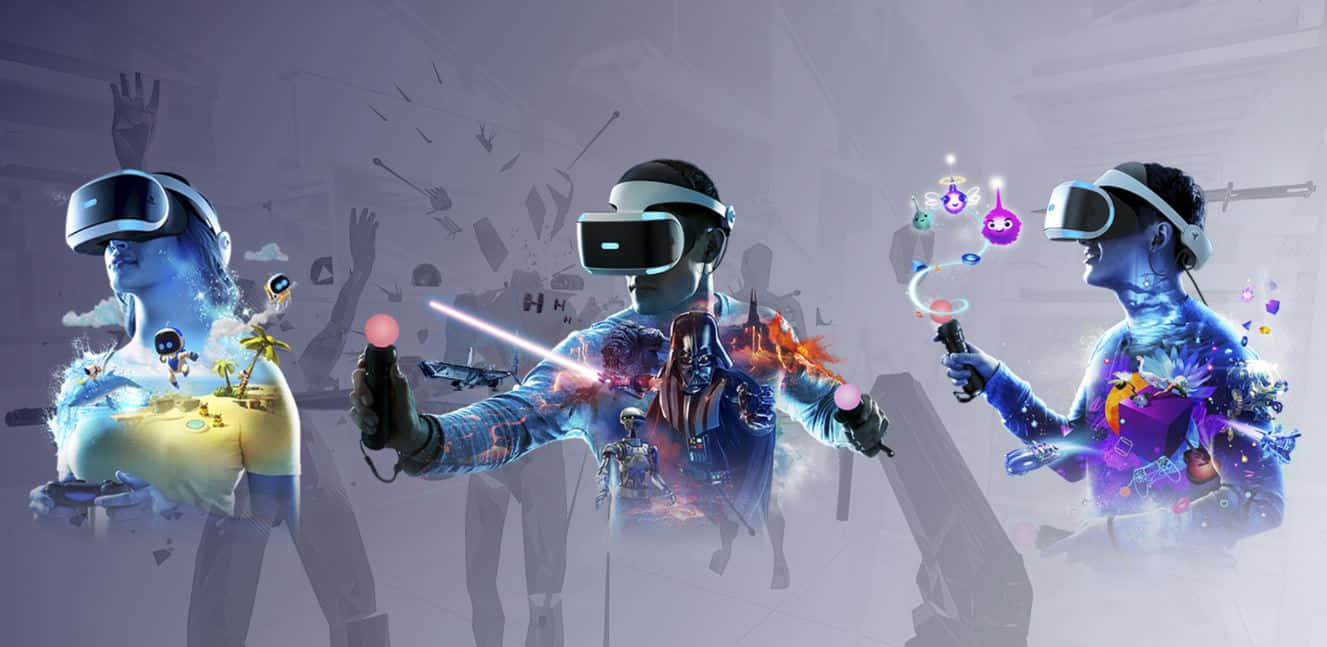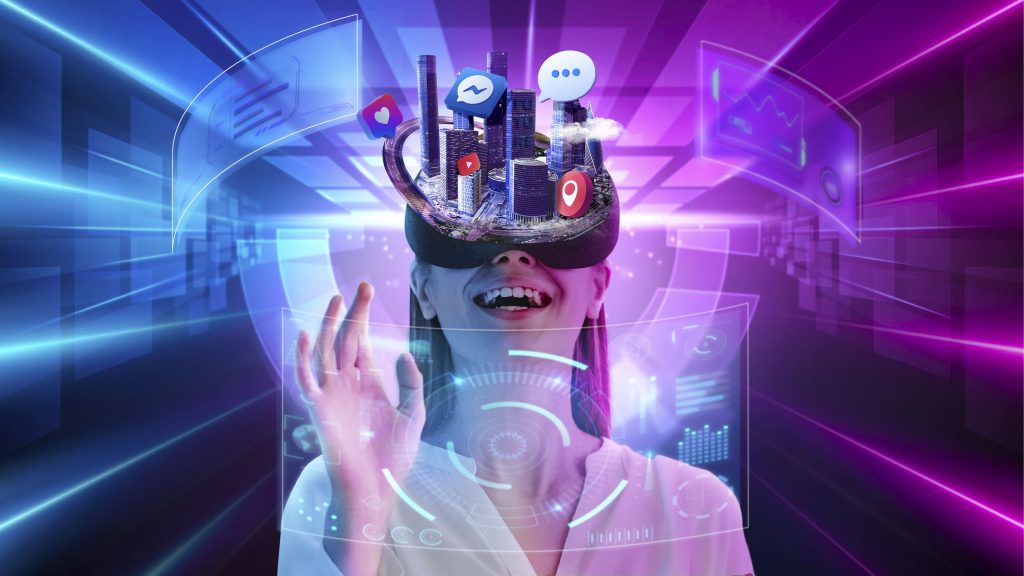
Research shows that most people prefer watching over reading, which isn’t surprising in today’s fast-paced, tech-driven world. With attention spans shrinking and students often turning to mobile devices for distraction, traditional methods of teaching—like textbooks and blackboards—aren’t always engaging enough. Here is where augmented reality (AR) and virtual reality (VR) can make a difference. These immersive tools add new layers to the learning experience, making education both engaging and memorable.
How AR and VR Work in Education
Augmented Reality (AR):
AR enhances the real world by overlaying digital content like text, sound, and images onto a physical environment. Students can use AR on smartphones, tablets, or laptops, allowing them to explore digital worlds that integrate directly with their physical surroundings. This combination of real and virtual worlds helps students visualize and interact with concepts in ways that make learning more concrete and memorable.
Virtual Reality (VR):
In contrast, VR fully immerses users in a digitally created world. Students put on VR headsets, like Meta’s Oculus Rift, to explore interactive, 3D environments that feel remarkably lifelike. VR allows students to engage with content in a way that’s both hands-on and visually rich, turning complex subjects into experiences they can explore and remember.
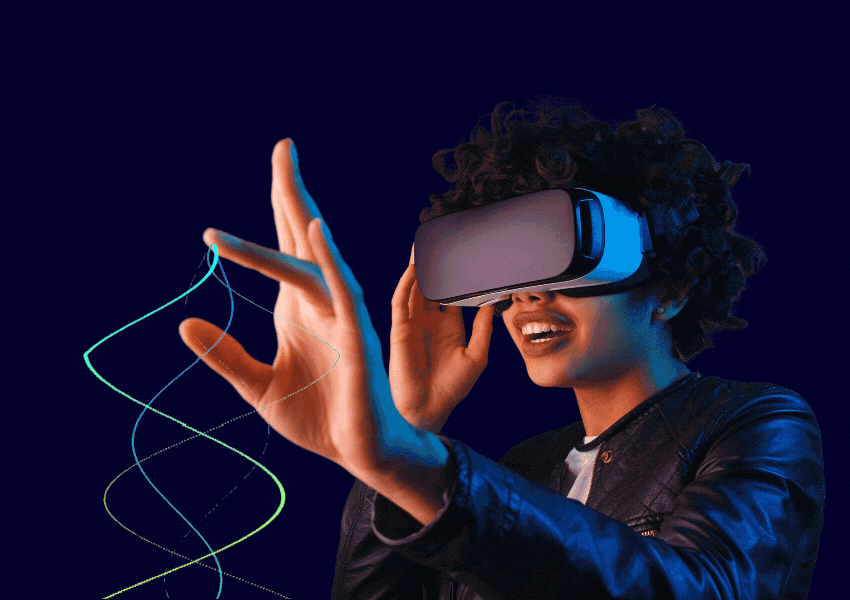
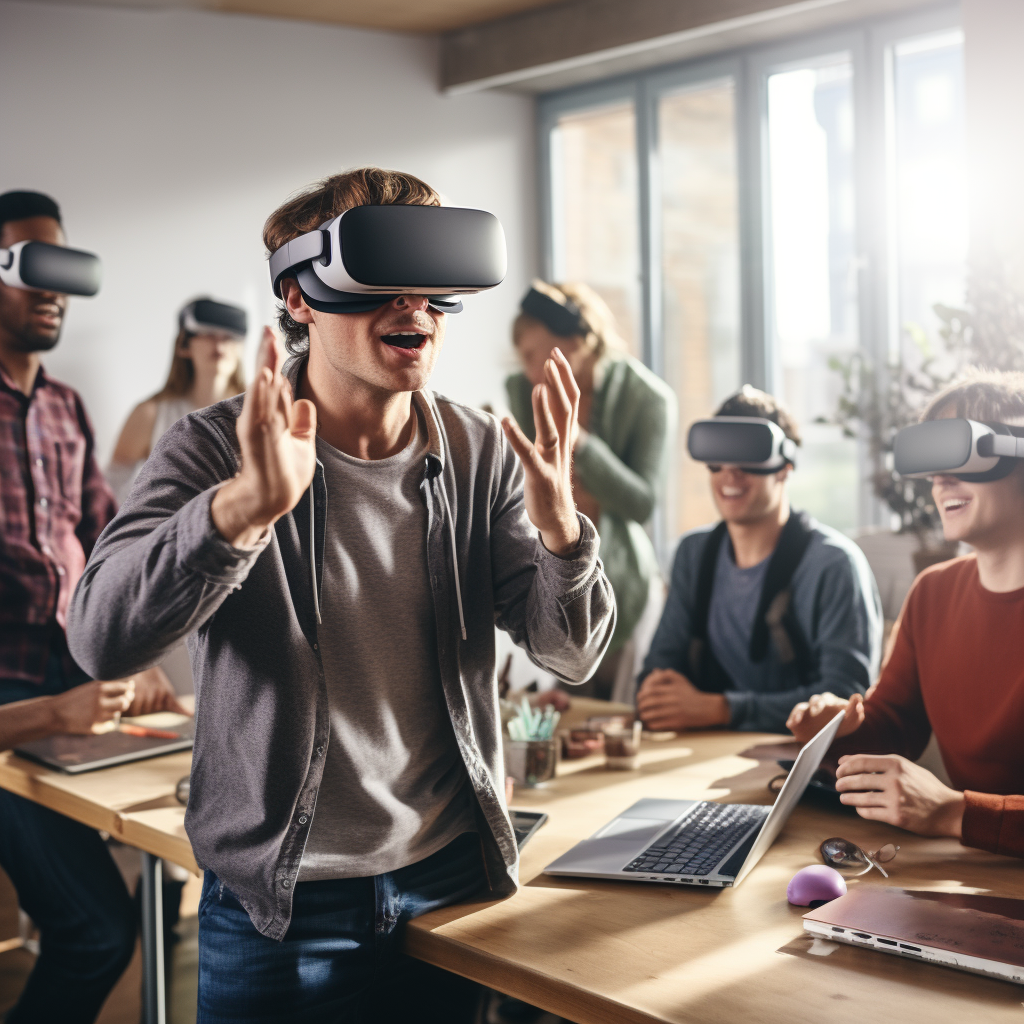
The Benefits of AR and VR in Education
1. Hands-On Learning
Immersive technology turns learning into an active experience. Instead of just reading about historical sites, for example, students can “visit” them through virtual tours, deepening their understanding and sparking curiosity.
2. Enhanced Collaboration
VR can bring teachers and students together in virtual classrooms, facilitating teamwork even when learning remotely. With AR, students can work together on virtual projects, seeing each other’s contributions and interacting in real time.
3. Greater Access to Learning Materials
These technologies reduce the need for physical textbooks and resources, potentially lowering costs. AR and VR can serve as affordable and accessible alternatives to traditional materials, opening doors for schools with limited budgets.
4. Gamified, Engaging Learning
AR and VR incorporate elements of play, making learning feel less like a task and more like an adventure. The interactive, game-like nature of AR and VR appeals to students’ natural curiosity, making lessons more engaging and enjoyable.
5. Simplifying Complex Concepts
Topics that may feel abstract or difficult to understand become clearer when students can visualize and manipulate them. This hands-on approach makes it easier to grasp and retain complex ideas.
Challenges in Implementing AR/VR in Education
Despite their benefits, AR and VR face certain challenges in educational settings:
- Cost of Development
Many modern devices can run AR and VR apps, but budget devices often lack this capability. Providing the necessary hardware for large groups of students may be costly for schools.
2. Mobility Limitations
Using AR and VR often requires students to stay in one place, which can feel restrictive. Extended VR sessions may also lead to discomfort, as VR headsets can be cumbersome.
3. Health Considerations
Studies recommend limiting VR time, especially for younger children, as prolonged use may affect eyesight and concentration.
4. Need for Training
AR and VR are relatively new in education, and many educators still lack training on how to use these tools effectively. Investing in training will be essential to maximize the benefits.
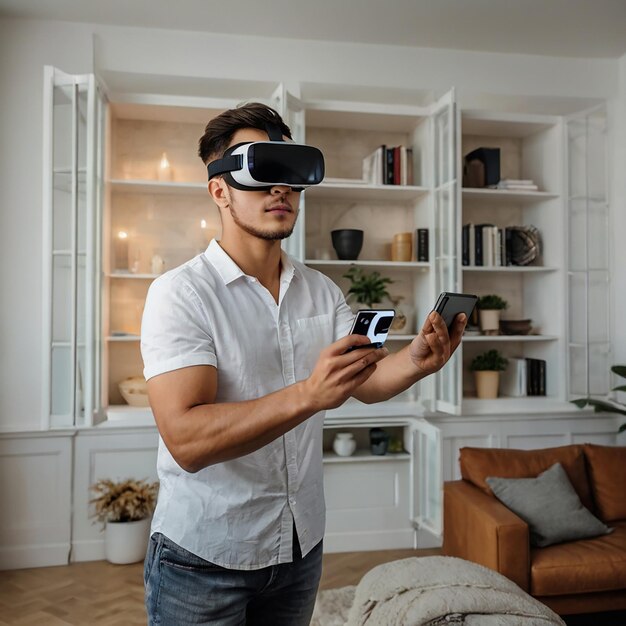
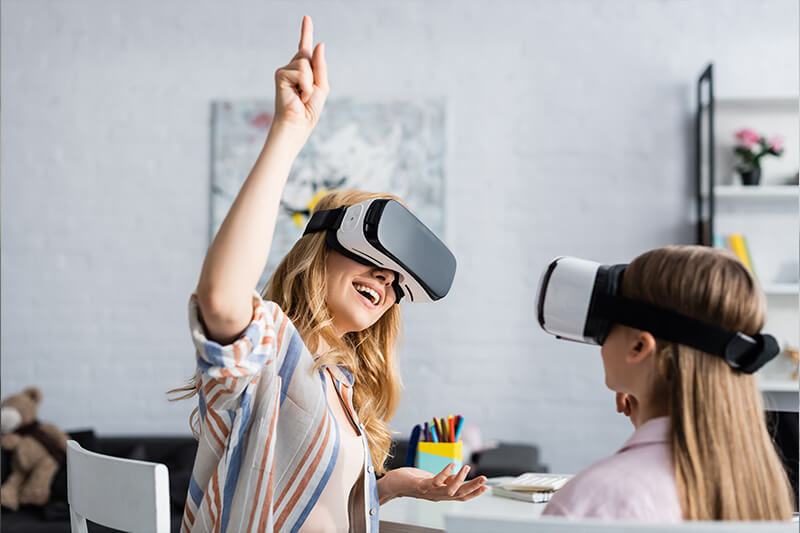
Conclusion
As educational technology (Ed-Tech) continues to grow, AR and VR will likely become standard tools for schools around the world. For educators, students, and parents, a unified digital platform that includes AR/VR features can streamline and enrich the educational experience. Talent Development LMS, for example, is already working to integrate AR and VR functions into its existing platforms for students and parents. This technology is not just a trend; it’s paving the way for a new era in education—one where learning is interactive, accessible, and inspiring.
At Talent Development LMS, we offer solutions tailored to meet the unique needs of educational institutions, businesses, and corporations. Our offerings include Talent Development Software, Learning Management Systems (LMS) for Colleges LMS, Schools LMS, Corporate LMS, and businesses, providing organizations with essential tools to foster a culture of learning and growth. As a recognized leader in LMS services in the UAE and a highly regarded provider in Saudi Arabia, Talent Development LMS is dedicated to empowering organizations across various sectors. With the right approach and technology, institutions can create dynamic learning environments, making the LMS a supportive partner in fostering lifelong learning, collaboration, and success.

